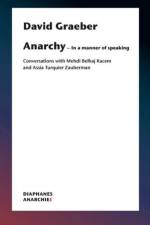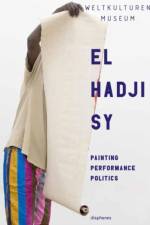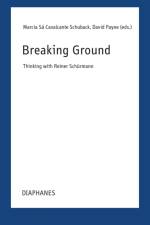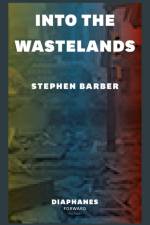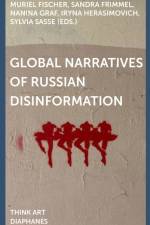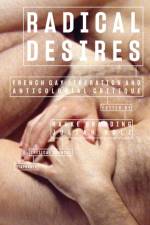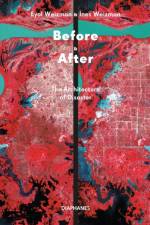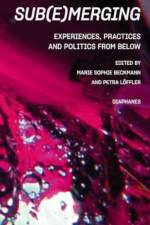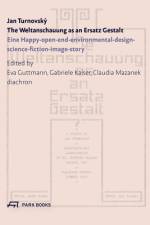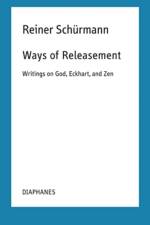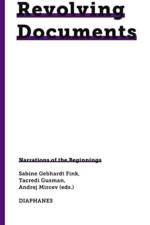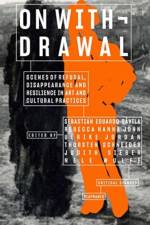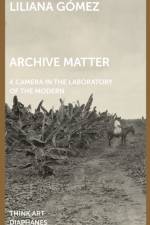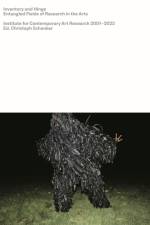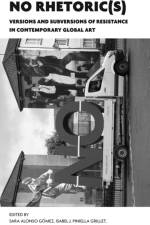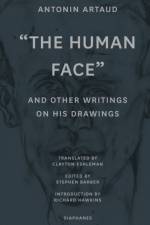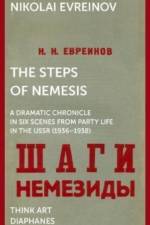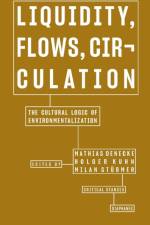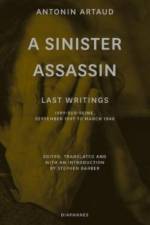521
A playful interweaving of connections between history and the present and between world regions and disciplines. Stretched between eight fingers and two thumbs, sometimes between teeth and toes, lengths of string make shapes. String figures can do many things: they tell stories, they pass the time, they make the unsayable showable, they connect people. Whatever else they may be, they have often been explored by artists, ethnologists, and theorists: as an aesthetic practice, as something to collect, and as a non-Western way of thinking. In recent years, string figures have gained prominence in cultural theory. Donna Haraway promotes string figures as a method of thinking and collaboration between both disciplines and species. Rather than the technicist and rigid metaphor of the network, Haraway's string figures provide a playful, process-oriented, embodied, performative (and non-Western) mode of thought in which responsibility and collaboration are foregrounded. Looking at ways of playing together on the ruins of our history, this book brings together different threads and weaves connections between world regions and disciplines. Works by Maya Deren, Harry Smith, Mulkun Wirrpanda, Nasser Mufti, Katrien Vermeire, Caroline Monnet, Toby Christian, Maureen Lander, and Andy Warhol and contributions by Paul Basu, Seraina Dür and Jonas Gillmann, Mareile Flitsch, Rainer Hatoum, Ines Kleesattel, Robyn McKenzie, Nasser Mufti, Mario Schulze, Rani Singh, Henry Adam Svec, Éric Vandendriessche, and Sarine Waltenspül, among others, are included. This project was developed by Mario Schulze and Sarine Waltenspül in collaboration with the Museum Tinguely Basel, Switzerland.

